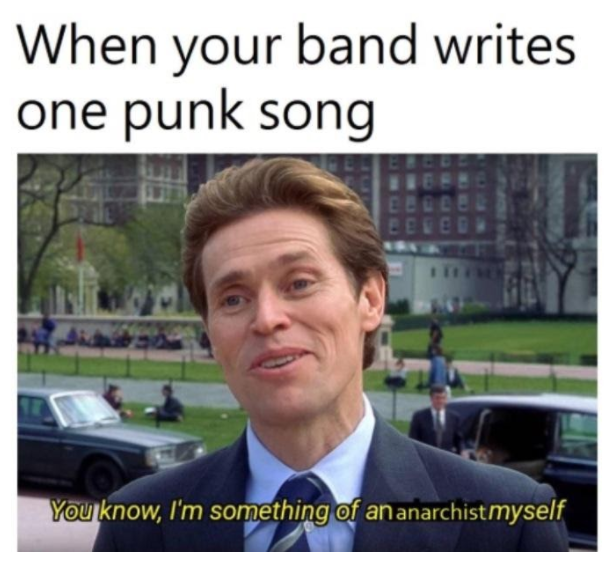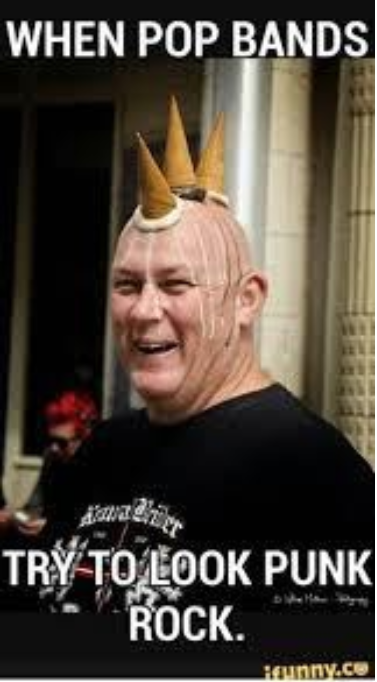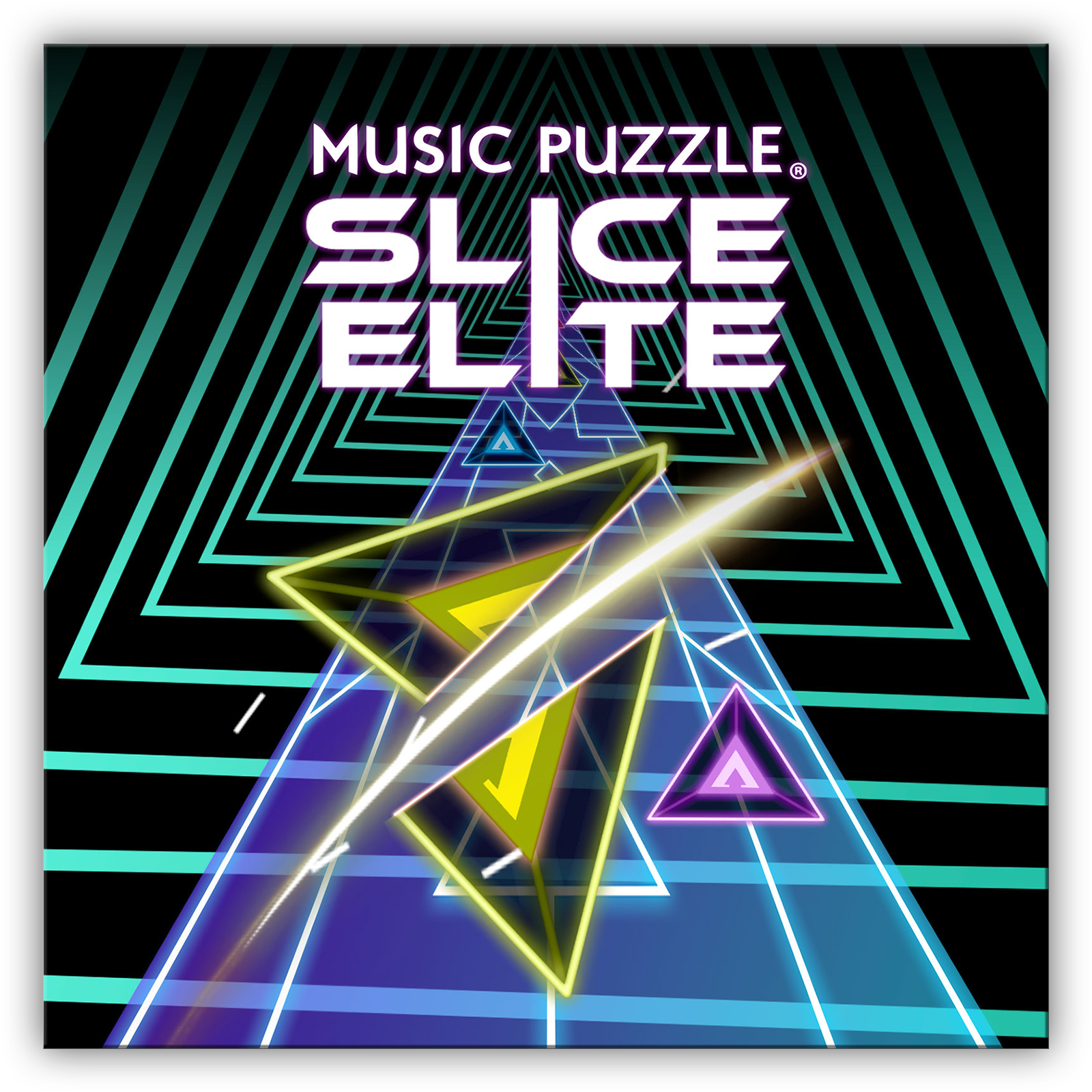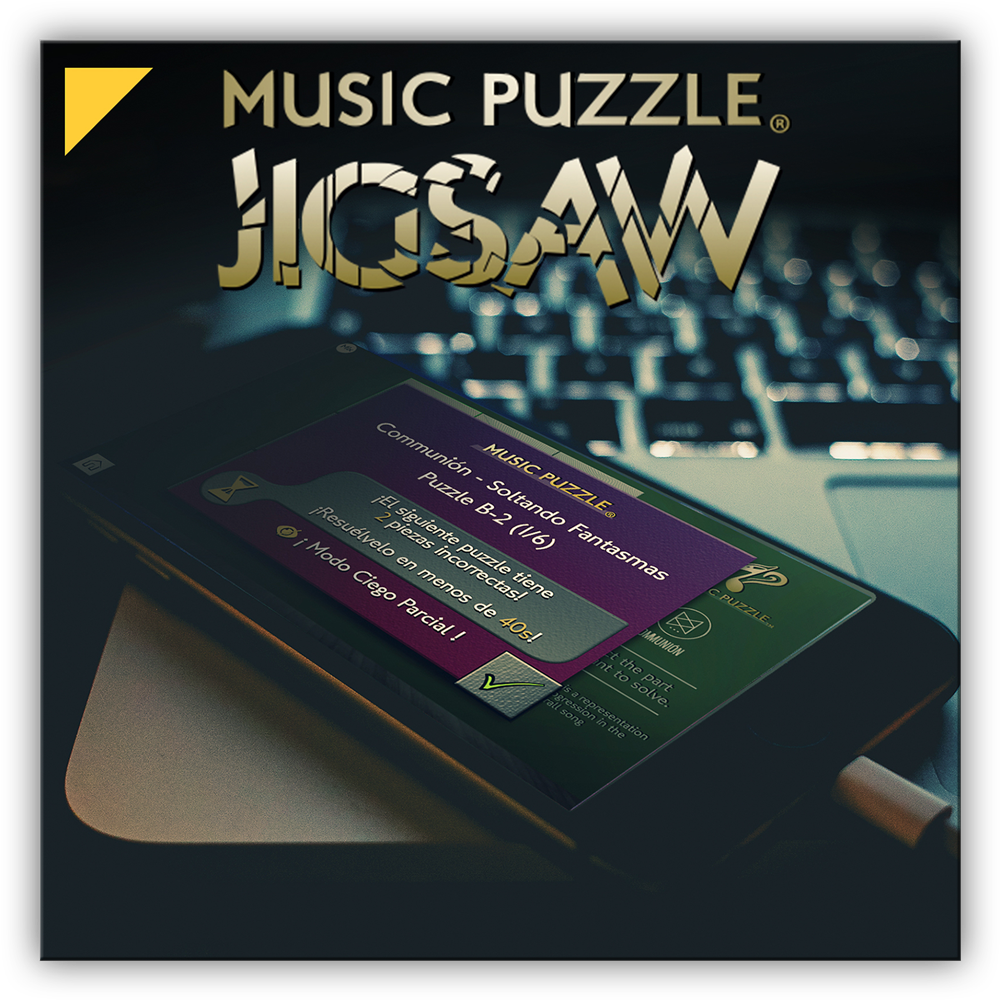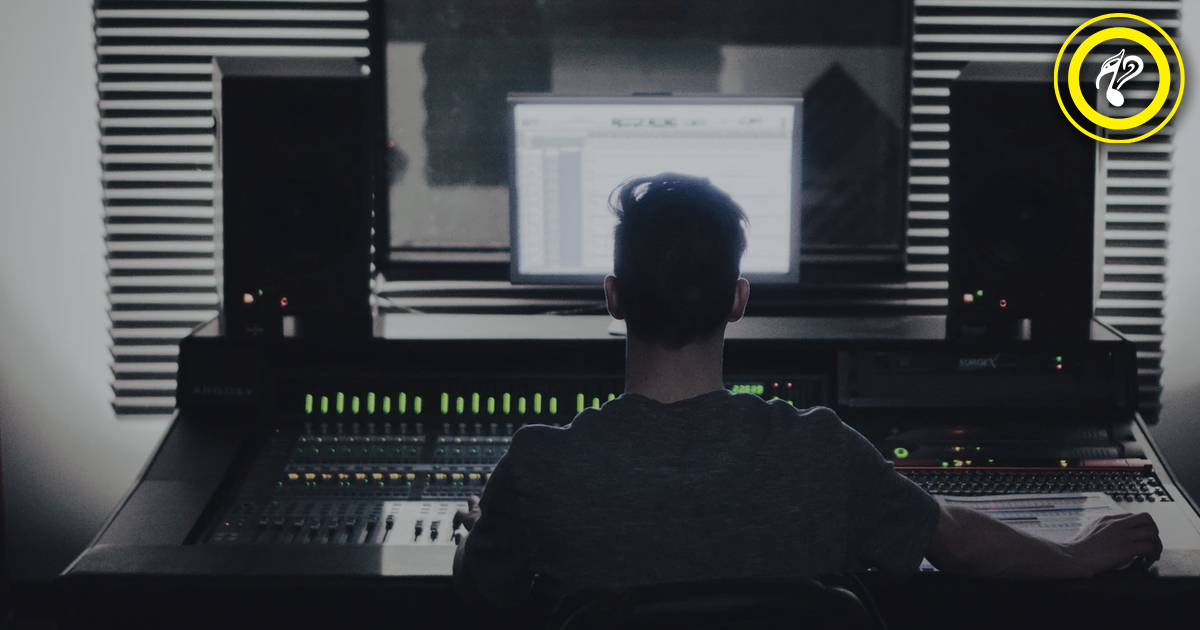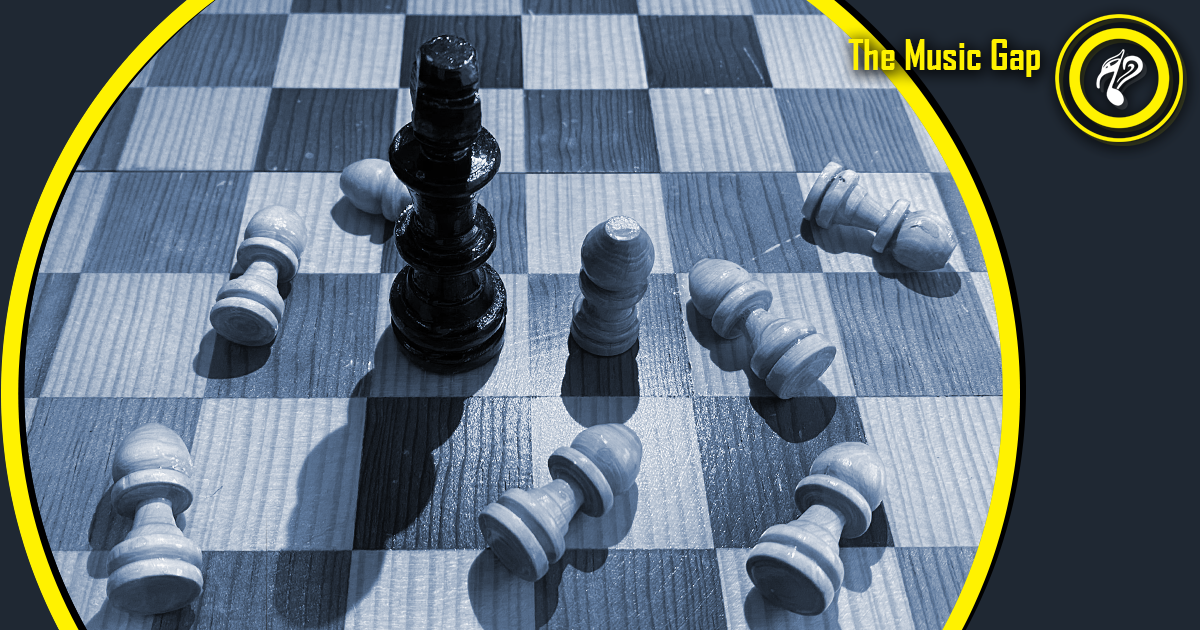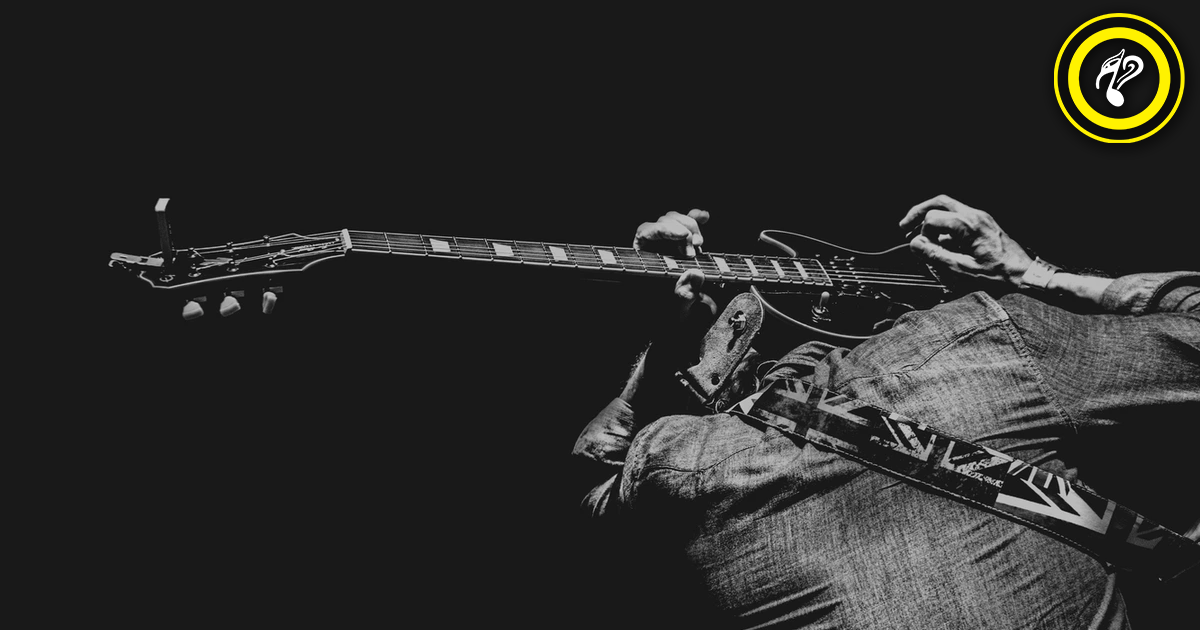What is Punk?
Identity, rebellion and anarchism

In the mid-seventies, a countercultural movement called punk emerged and broke stereotypes involving clothing, the way of thinking, producing and songwriting. Beginning as a means to defy what was established, it quickly became a force capable of competing with pop and its mass marketing.
Basic concepts
- Punk Philosophy: Beyond the negative vision this movement can create, its ideals do have enough congruence, since punk consists of a genuine search for freedom. Some of the ideals which followers of this genre are guided by are:
- Be freed from social prejudices to achieve free thought.
- Hatred towards dictated fashions (although, ironically, punk is a fad in itself).
- Dislike towards the systems and institutions ruling the world in an authoritarian manner, with anarchism being a way to counter it.
- Hatred towards sexism, classism, capitalism, racism and animal cruelty.
- Political lyrics: Criticism towards the government, the establishment, stereotypes and life expectations were topics artists frequently sought to capture in their songs.
- Radicalized hippies: There are many similarities between hippies and punks, but the latter criticizes the former for being too bland, having excess mysticism and, many times, a bourgeois origin.
- Simplicity above all: The recordings were raw, homemade.
- Drums: Rock & roll rhythm as the base, with fast tempo.
- Bass: Simple, not-ornamented, yet insistent lines.
- Guitar: Dirty distortion or fuzz (extreme saturation) and minimalist riffs.
- Voice: They vary from almost normally speaking without a clear melody, to heartrending screams.
- Independent movement: A similarity we find with today's indie artists is that punk groups initially sought independence when making decisions in their music, often going outside of impositions created by the music industry.
- Etymology: According to Wikipedia, between the 16th and 18th centuries, the term punk was used to refer to criminals and prostitutes. It was later used to describe young people with a ruffian of rude boy attitude. The Rolling Stone magazine published a Guess Who’s song review by Greg Shaw, describing it as "good, not very imaginative, punk rock & roll".
- Destructive behaviors: Having anti-system philosophies, many movement artists fell into destructive behaviors such as the use of alcohol and hard drugs like cocaine; crack and heroin, and the most extremes: Extravagant piercings, tattoos, and self-mutilation. Some lost their lives fighting against drugs, such as the infamous Sid Vicious from the British band Six Pistols, or Dee Dee Ramone from The Ramones, among others.
Harmony
Pentatonic riffs and melodies influenced by hard rock and blues were consistent with the simplicity they were looking for. As the genre evolved, the music turned into more tonal progressions.
Sex Pistols – Anarchy in the UK:
Common assemblies
- Voice, guitar, bass and drums: Most of yesterday’s punk groups have this assembly. Legendary groups like The Ramones, The Sex Pistols, The Slits, and Dead Kennedys are great examples.
The Ramones – Blitzkrieg Bop (live):
- Power trio - Voices (instrumentalists), guitar, bass, drums: Compact ensemble, but not losing its attitude. Green Day and Blink 182 are good examples.
- Voice (instrumentalist), backing vocals (instrumentalists), two guitars, bass and drums: This formation offers more power by having a greater number of distorted guitars and chorus in each of the instrumentalists. The Clash and Black Flag knew this very well.
Black Flag - My War live:
Prominent subgenera
Anarcopunk: Openly anarchist lyrics and attitude like the Sex Pistols, Minor Threat or Dead Kennedys had.
Dead Kennedys – Live in San Francisco 1984:
Post Punk: This international movement arose in the late seventies and early eighties and became kind of a crossroads between punk’s rebellion and the melancholy, existentialism and gloomy sounds of the emerging Gothic community. With a flamboyant poetic style, its lyrics talk mostly about heartbreak, upheaval, injustice and death. Siouxsie And The Banshees is one of the most representative bands of this subgenre.
Siouxsie And The Banshees - Happy House live:
Skate Punk/Punk Rock.: Conceived in the early nineties and highly associated with the skater culture. The Offspring, NoFX and Blink 182 are well-known bands on the scene.
Blink 182 – First Date:
Queer Punk: Bands with diverse love topics (LGBTQ) and strong political statements about the fight against homophobia and misogyny in punk and the music industry.
Limp Wrist - Live Nov 2015:
Horror Punk: The B-series horror movies unleashed this punk branch whose lyrics speak of vampires, zombies, femme fatale, ghouls (specters) and skeletons. Its fashion had Gothic influence, too.
Misfits – We Are 138:
Pop Punk: The mix of two seemingly opposing forces resulted in groups and artists like Sum 41, Avril Lavigne and Simple Plan.
Sum 41 - Fat Lip:
Famous Punk Artists
The Sex Pistols:
Siouxsie and The Banshees:
Bad Brains:
The Clash:
The Ramones:
The Offspring:
Green Day:
https://es.slideshare.net/JuanLauMartinez/filosofa-punk
https://www.punk-hxc.com/skate-punk.htm
https://www.vice.com/es_latam/article/kwze83/queer-punk-combatiendo-la-homofobia-a-gritos
https://diffuser.fm/greatest-alternative-power-trios/
https://www.elespectador.com/noticias/cultura/moda-perturbadora/
If you enjoyed the article, you'll love these games:
